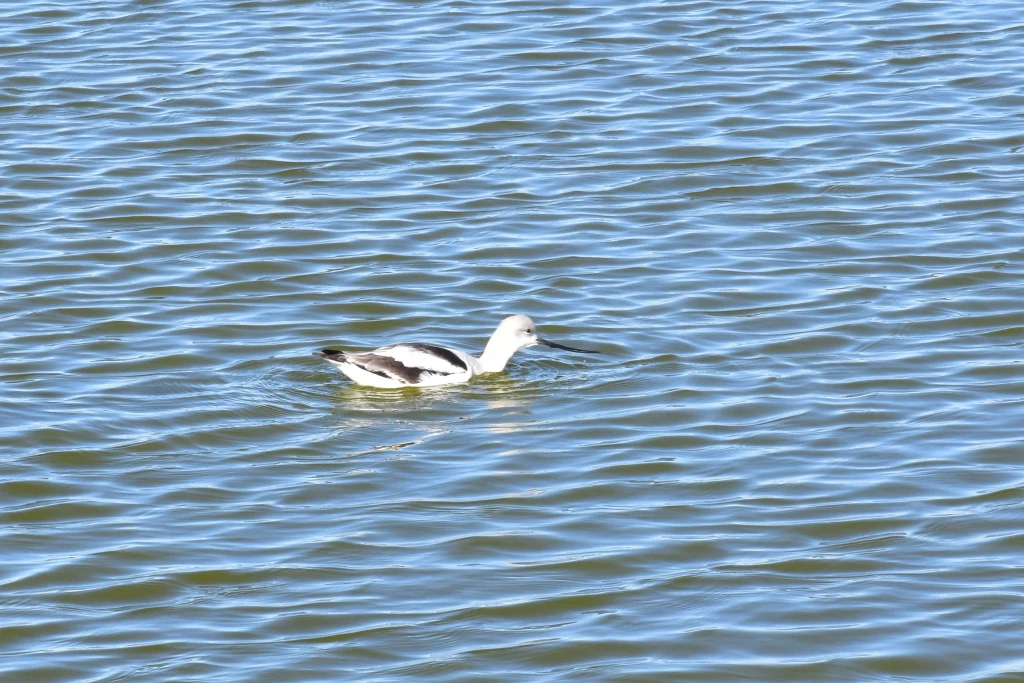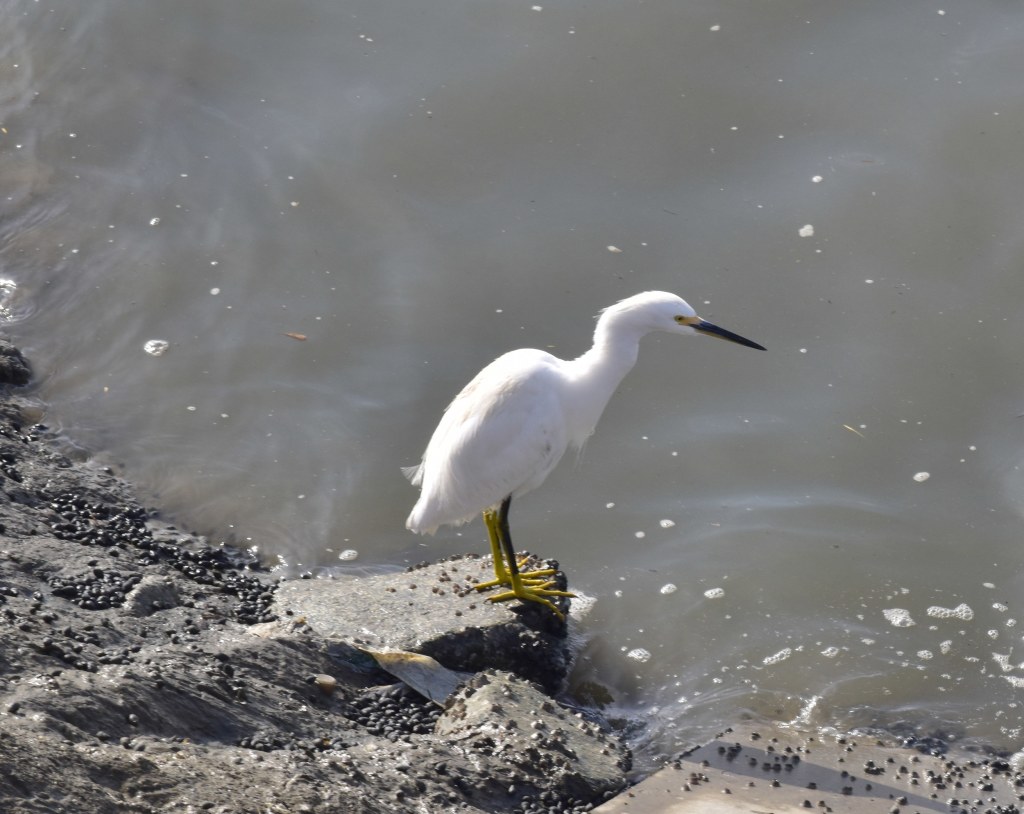
The American Advocet is a shorebird with a long, a curved bill, a long neck, and round head. Breeding Advocet’s have a rusty head and neck that turns grayish white after breeding. It walks through shallow water looking for aquatic animals. Their habitat are fresh and saltwater wetlands, salt ponds, and evaporation ponds. During winter it uses inter-tidal mudflats, tidal lagoons, rice fields, and flooded pastures.
YOUR DONATION WILL ASSIST THE STABILITY AND GROWTH OF THE PHOTOGRAPHY BLOG. IT WILL ASSIST SPECIFICALLY WITH INTERNET BLOGGING FEES AND PROMOTION, COMPUTER MAINTENANCE, PHOTOGRAPHIC EQUIPMENT, AND SOME TRAVEL EXPENSES. PLEASE MAKE A ONE-TIME DONATION. THANK YOU.
Make a monthly donation
Make a yearly donation
Choose an amount
Or enter a custom amount
Your contribution is appreciated.
Your contribution is appreciated.
Your contribution is appreciated.
DonateDonate monthlyDonate yearly







